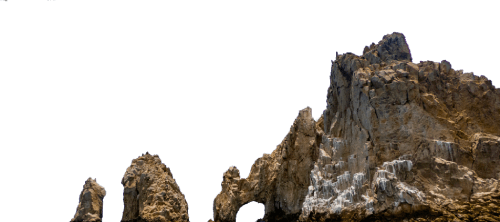
When you think of Cabo San Lucas, images of sun-soaked beaches, vibrant nightlife, and luxury resorts might come to mind. But beyond the familiar postcard scenes lies a hidden ecological gem: Estero San José. This tranquil estuary, located in San José del Cabo, is a sanctuary for migratory birds and a testament to the region’s untamed beauty. At Mucho Cabo, we’re passionate about uncovering these lesser-known wonders—and today, we invite you to explore one of Baja California Sur’s most extraordinary wildlife havens.
Estero San José isn’t just a scenic wetland—it’s a critical stopover for migratory birds traversing the Pacific Americas Flyway. Early 2025 sightings underscore its importance:
These observations highlight the estuary’s role as a refuge for species escaping colder northern climates. Whether you’re a seasoned birder or a curious traveler, witnessing these visitors is a reminder of nature’s interconnected rhythms.
Designated an Important Bird Area (IBA) and Ramsar Site, Estero San José spans 13,017 hectares of freshwater lagoons, reed beds, and coastal scrubland. It supports over 210 bird species, including:
- Belding’s Yellowthroat (Geothlypis beldingi): A critically endangered songbird found only in Baja’s wetlands.
- Elegant Tern (Thalasseus elegans): A near-threatened species that relies on the estuary’s fish-rich waters.
- Xantus’s Hummingbird (Hylocharis xantusii): A vibrant endemic species that thrives in the surrounding desert shrubs.
Urban expansion, invasive plants like water hyacinth, and climate-driven droughts threaten this fragile ecosystem. Conservation groups like Pronatura Noroeste are working to restore habitats and engage local communities in stewardship—efforts that ensure the estuary remains a lifeline for migratory species.
While birdwatching here is rewarding year-round, December to April offers peak activity:
- Winter migrants: Ducks, sandpipers, and raptors arrive en masse.
- Cooler temperatures: Mornings and late afternoons are ideal for spotting birds like the Reddish Egret (Egretta rufescens) foraging in shallow waters.
- Guided tours: Local experts (trained through programs like the Bird Guide Training Program) enhance visits with insights into species behavior and conservation.
Pro tip: Wear waterproof boots—some trails flood seasonally!
Cabo’s commitment to preserving its natural heritage is evident in initiatives like:
- El Vizcaíno Biosphere Reserve: Protects shorebirds through habitat monitoring and the Motus Wildlife Tracking System.
- Community engagement: Programs training locals as birding guides foster eco-tourism and environmental advocacy.
These efforts ensure that places like Estero San José remain sanctuaries for both wildlife and wanderers.
Estero San José is more than a birdwatching destination—it’s a living tapestry of resilience, where migratory birds, endemic species, and human stewardship intersect. As Mucho Cabo continues to explore Cabo’s hidden corners, we’re reminded that true luxury lies in preserving the wild spaces that make this region extraordinary.
So grab your binoculars, tread lightly, and let the symphony of wings and waves remind you why Cabo’s soul is as vast as its skies.
For more guides to Cabo’s secrets—from its coral reefs to its culinary treasures—visit Mucho Cabo.
Sources:
- eBird.org
- DataZone.BirdLife.org
- Pronatura-Noroeste.org
